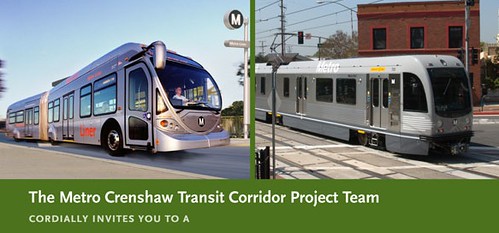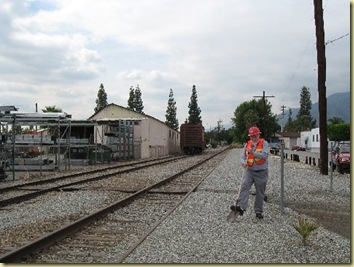Iteris, Inc. Reports Fourth Quarter Revenue of $16.4 Million
Iteris, Inc. Reports Fourth Quarter Revenue of $16.4 Million
On January 28, 2009, the Company announced that the Los Angeles County Metropolitan Transportation Authority (Metro) authorized Metro’s CEO to negotiate a $4.5 million modification of its contract with Iteris, Inc. for further design development and engineering support services during construction for the Metro Orange Line (MOL) Extension Project, as well as for final design services to support acceleration of the MOL Extension Project. This modification increased the total contract value from approximately $6.0 million to $10.5 million.












